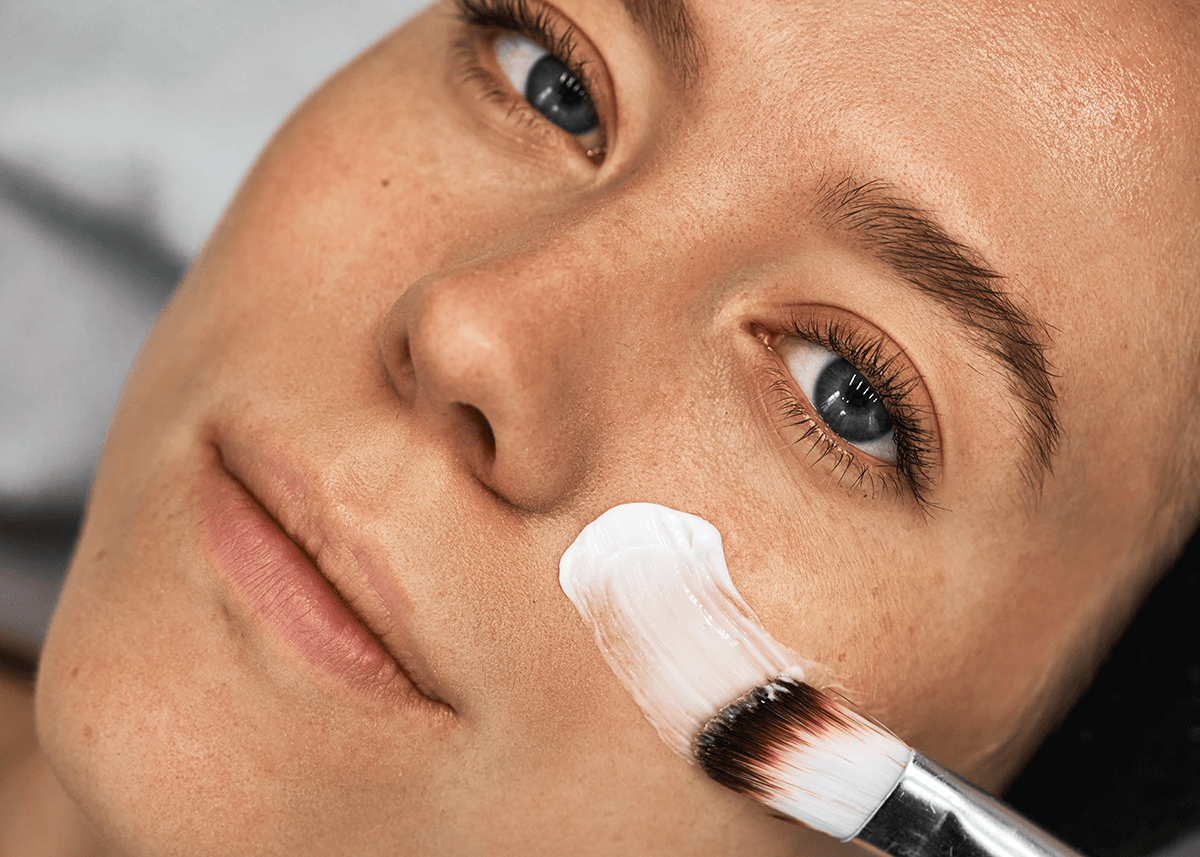We hear and see people use make primer all the time, but do you really need to use it?
In this article we’ll go over the benefits of using primer, how you can tailor this product to meet your needs, and of course, how to apply it!
Keep on reading to find out all the answers to your questions, plus more pro primer tips.
Key Takeaways
-
Makeup primer is essential for creating a smooth foundation base, reducing shine, and keeping your makeup last all day and night.
-
Types of primers include mattifying, hydrating, as well as specific formulas for eyes and lips to enhance every aspect of your beauty routine.
-
For successful primer application, follow a proper skincare routine, choose a primer compatible with your foundation and skin type, and make sure you use it on areas that you want your makeup to last.
What is Makeup Primer
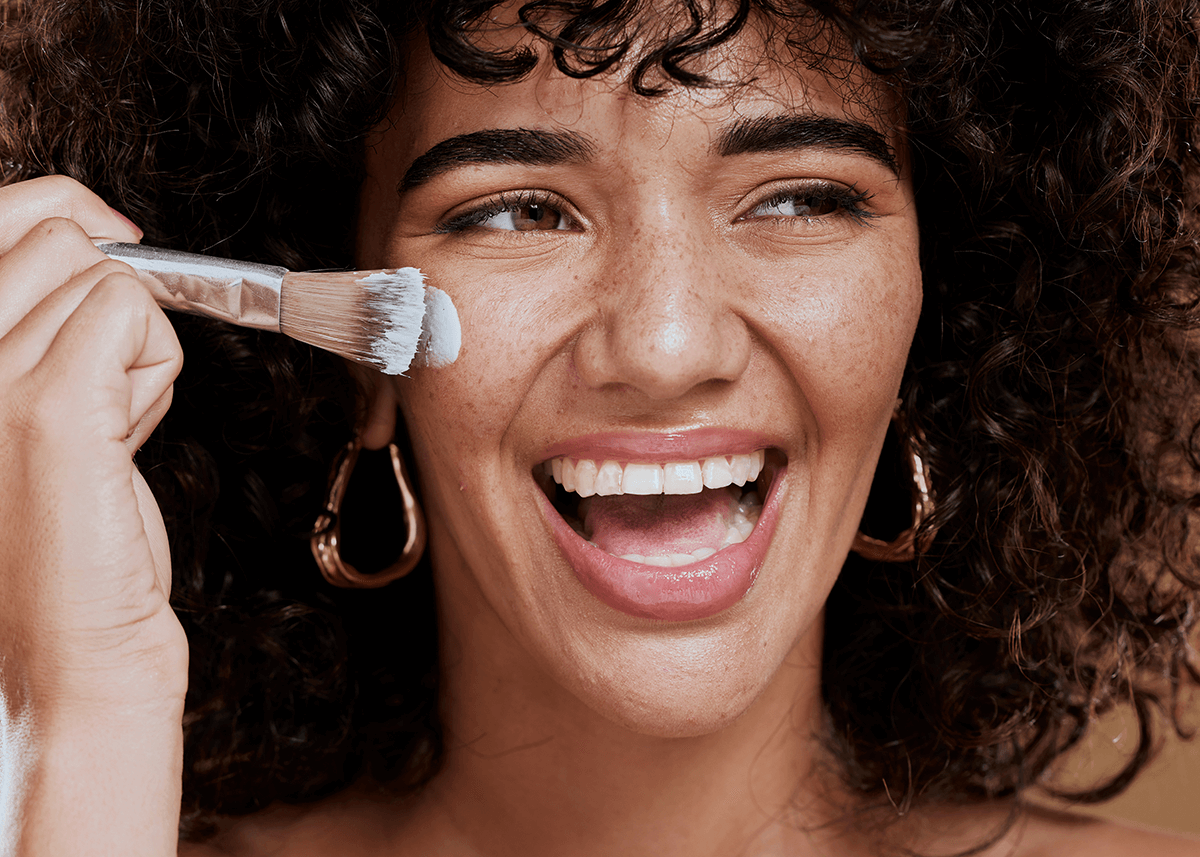
Introducing the makeup primer – a lightweight formula that usually comes in the form of a cream or gel, to ultimately act like Velcro to your makeup products.
Think of painting on a wall, this first thing you want to do is apply a wall primer. This makes sure that the wall is smooth, it keeps the paint from fading from the sun, from chipping, and makes it easier to paint on top of.
The same can be said for your makeup. Especially if you’re going to take any time out of the day, say 5-10-30 mins to apply your makeup in the morning! Making that time worth it only makes sense…right?
There are many benefits to makeup primer, here is a list of some of our favorite reasons why you should try it!
-
Creates a smooth canvas for your skin, eyes, or lips.
-
Blurs pores.
-
Controls shine.
-
Extends the longevity of your makeup.
-
Smooths uneven texture.
-
Makes your eyeshadow more vibrant.
-
Addresses discoloration by evening out the complexion.
-
Makes your skin look healthy and radiant.
When should you apply makeup primer? We recommend to apply it right after completing your skincare routine and just before applying foundation.
Enhancing Your Eye Makeup
Eye makeup is an art, and primer is your secret tool for creating masterpiece-level looks!
Eyeshadow primer enhances the color of eyeshadow, prevents creasing, brightens up the lid, controls oil production, prevents smudging, intensifies the pigment of the eyeshadow, and keeps your eyeshadow on till you decide to take it off.
You can apply it with your fingers, a brush, or a silicone brush, and it works with any type of eyeshadow – powder, cream, or liquid.
Some of the best eye makeup primers for long-lasting eyeshadow include Urban Decay Eyeshadow Primer Potion, NARS Pro-Prime Smudge Proof Eyeshadow Base, and NYX Professional Makeup Ultimate Shadow & Liner Eye Primer.
Perfecting Lip Application
Primer isn’t just for your face and eyes. Lip primer is a game-changer for a flawless pout!
It enhances the longevity of lip makeup by preventing fading and smudging, keeping the color in place. It smoothens the lips for more even lipstick application, can also provide hydration and prevent lipstick from bleeding or feathering into fine lines around the mouth.
For optimal results, apply a thin layer of lip primer smoothly onto the lips and allow it to dry for a couple of minutes, then blot with a tissue before proceeding with the rest of your lip makeup.
Our favorite Lip Primer must haves are:
-
NUDESTIX Nudescreen Lip Primer SPF 30 Natural: This lip primer has a slight tint, but when blotted with a tissue you can’t even notice the color under your lip products. With SPF 30 and the passion flower extract, what’s not to love?
-
Lime Crime Ghost Veil Lip Primer: The fact that this comes in a doe foot applicator makes it really easy to apply and makes any lip product stay ON.
-
MAC Cosmetics Prep + Prime Lip Primer: Fragrance free, and super hydrating, this clear lip balm and primer is a makeup artist’s favorite for those reasons!
Find Which Face Primer is Right for You
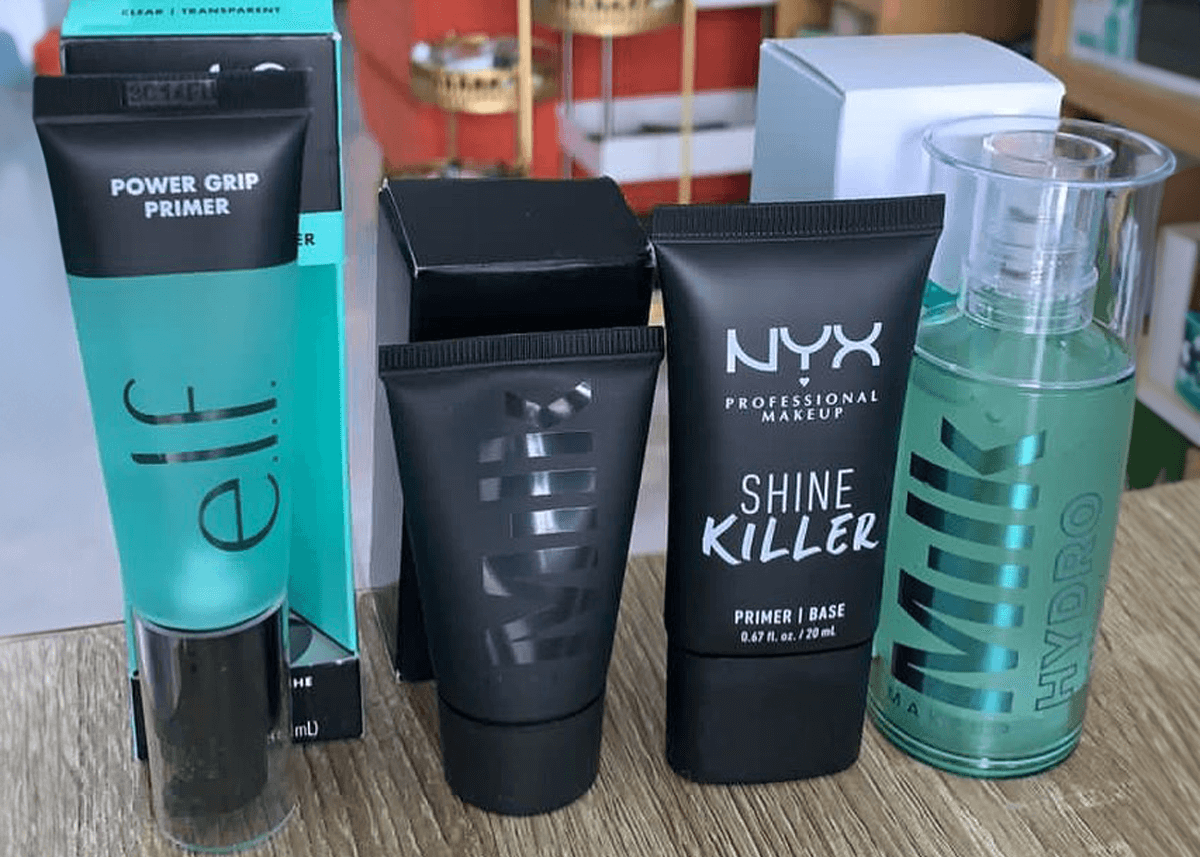
One size doesn’t fit all, especially when it comes to makeup primers! The beauty industry offers a plethora of primers, each designed to cater to specific needs and preferences.
Some common types of face primers are:
-
Mattifying face primers.
-
Hydrating face primers.
-
Face moisturizer + primers.
-
Skincare serum primers.
To maximize the benefits of your primer, make sure to select one that best suits your skin type and addresses your specific skin concerns.
Mattifying Face Primer – Oily to Combination Skin
If you’re struggling with a shiny T-zone, have combination skin, or know what you might sweat throughout the day/night, then a mattifying face primer could be your new best friend!
This primer type is designed to absorb excess oil and reduce shine, helping your makeup stay put and look fresh all day. And the best part? It not only controls shine but also creates a smooth base for makeup application.
Try MILK MAKEUP Pore Eclipse Mattifying + Blurring Makeup Primer with Niacinamide: clean, no silicone, and vegan. This awesome oil controlling face primer keeps your makeup on for up to 12 hours and isn’t drying to the skin!
Hydrating Face Primer – Dry to Normal Skin
If you have dry skin, a hydrating face primer can be a real game-changer! These primers are perfect for dry buildings, climates, or if you don’t drink enough water.
Formulated to provide extra moisture to the skin, keeping your makeup on without flaking skin, and leaving a natural finish. Plus, they can be packed with skin-loving ingredients like hyaluronic acid and botanicals such as gardenia and mango extracts that nourish and hydrate the skin.
We love Laura Mercier Pure Canvas Primer – Hydrating: this water-based primer is lightweight and works great for keeling your skin soft and moist throughout the day!
Skincare Built-in Primer – A Quicker Option
Want the primer but not a fan of taking time to apply an extra step? Are you a fan of multi-tasking beauty products? Then you’ll love these skincare products with built-in primer!
-
LAWLESS Set The Stage Hydrating Primer Serum: This serum primer reduces redness, increases elasticity, hydration, and protects the skin from free radicals. Umm…AND it’s clean beauty, heck yes!!
-
ILIA True Skin Radiant Priming Serum: We love a skincare product that is fragrance free, primes, reduces fine lines, and tightens the skin. Radiant finish skin here we come!
-
Bobbi Brown Vitamin Enriched Face Base Primer Moisturizer: Worth every penny, this makeup friendly, daily moisturizer has amazing skincare benefits that all skin types love.
Application Techniques for Optimal Results
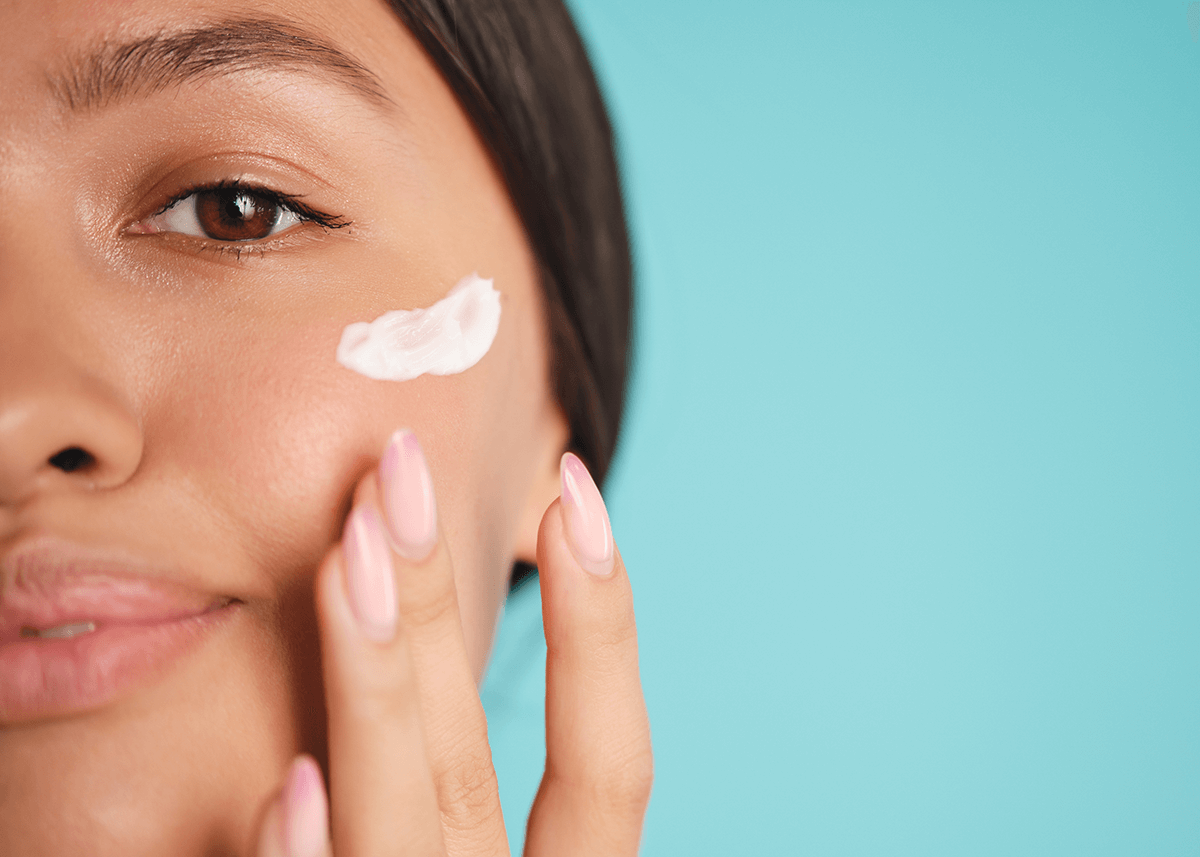
When it comes to applying your makeup primers, you want to make sure that you apply it the best way possible for optimal results!
Prepping the Skin
Proper skin preparation is a prerequisite before applying primer. This includes cleansing, toning, and moisturizing.
It’s important to allow your skincare products to fully absorb into the skin prior to primer application, creating an ideal base for makeup. This step is key in preparation for the steps ahead.
Applying Face Primer
Once your skin has been uplifted with your skincare, you’ll want to use a primer. Here’s how:
-
Begin by evenly spreading a light layer across your face, neck, and ears.
-
Make sure to get the detailed areas, such as by the hairline and around the nose.
-
You can use your ring and middle fingers or a paddle cream brush to an even application.
-
After application, allow the primer to set for a couple of minutes before proceeding with your foundation.
Let the primer set for 30 seconds to a couple minutes depending on the formula to get half dry and tacky. This will help the performance of the formula to work better!
Eye and Lip Primer Application
To apply primer to the delicate facial skin areas:
-
For the eyes, apply a very small quantity of primer on your lids and blend gently with your ring finger or a synthetic bristled brush.
-
For the lips, apply a thin layer of primer all over the lips and a bit above the lip line. Make sure to blot off the excess product with a tissue before applying your lip makeup.
Similar to your face primer, allow it to dry for a few seconds to a couple of minutes before going ahead with the rest of your makeup.
Ingredients to Look For and Avoid in Makeup Primers
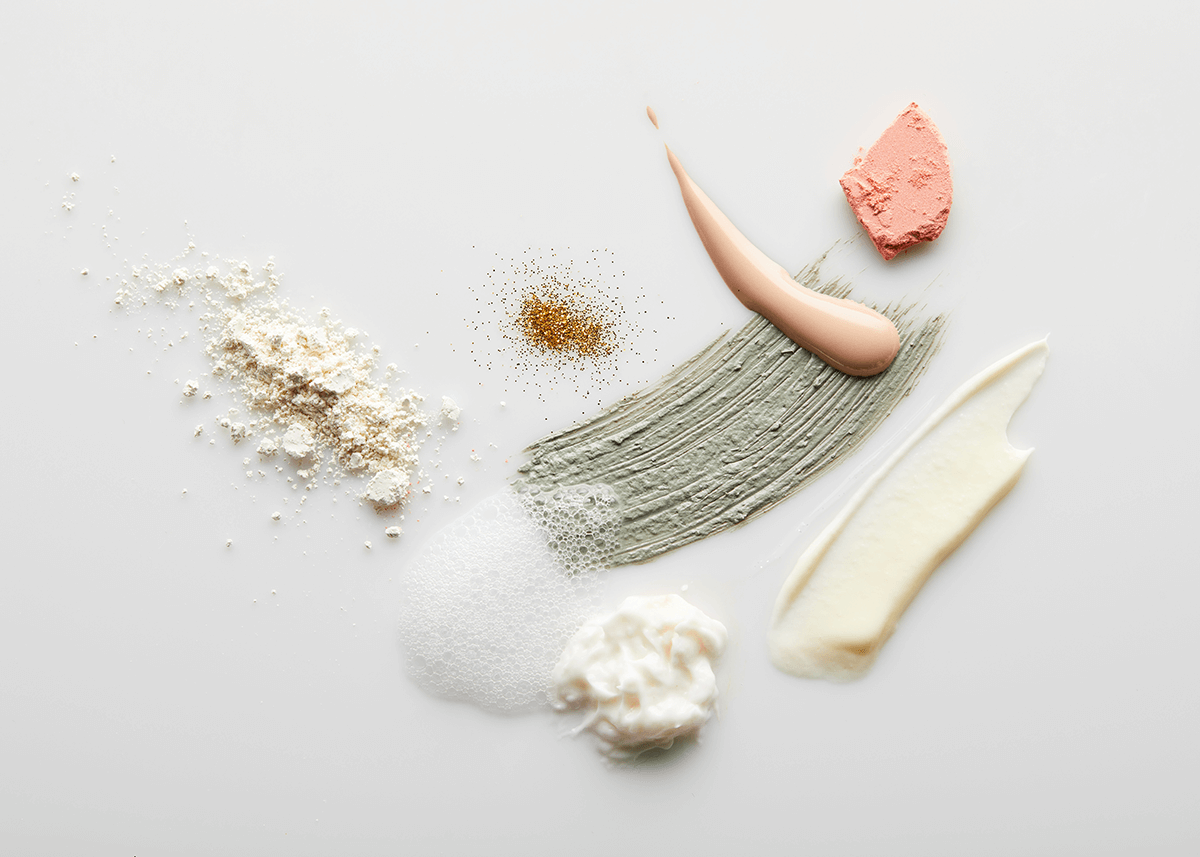
The ingredients in your primer are as significant as its usage. While some ingredients nourish and protect your skin, others can cause irritation or long term pore-clogging.
Beneficial Ingredients
When choosing a primer, look for beneficial ingredients such as antioxidants and natural oils.
Antioxidants like niacinamide and vitamin C can protect your skin from environmental damage, while natural oils like jojoba oil can nourish your skin and keep it hydrated. Looking for these ingredients on the label will help your skin out a lot!
Harmful Ingredients
Just as there are ingredients to look for in a primer, there are also ingredients to avoid. These include:
-
Alcohol, which can dry out your skin.
-
Silicone, which can trap oil and dirt in your pores.
-
Synthetic fragrances, which can cause irritation, aren’t good for sensitive skin, and should be avoided, especially if you have allergies.
Troubleshooting Common Primer Makeup Issues
Despite having the suitable primer and using the correct application technique, you might still encounter some issues.
Be it difficulty in blending, excessive shine, or makeup not lasting long, don’t fret! We have solutions to all your primer-related problems.
Primer is Not Blending Well
If your primer isn’t blending well or separating, try using makeup products with the same base ingredient.
For example, if you’re using a silicone-based primer, make sure your foundation is also silicone-based. Same thing for water-based foundations, oil-based foundations, etc.
Also, make sure to give your skincare products time to fully absorb before applying your primer.
Setting your primer with a powder that matches your skin tone or loose translucent powder before layering additional makeup will make your face makeup apply on like butter!
Excessive Shine
You can manage excessive shine by using blotting papers or touching up with an oil controlling powder throughout the day. Make sure that your primer is appropriate for your skin type and doesn’t include ingredients like silicones and polymers, which can add to the shine.
Keep in mind, the objective is to achieve a healthy glow, radiance, and not a greasy film!
Makeup Not Lasting
If your makeup isn’t long-lasting despite using primer, don’t stress! Multiple factors might be involved.
-
Use less primer. A little goes a long way and when you apply too much primer it can have the opposite effect.
-
Use a setting spray and/or powder to secure your makeup even more.
-
Avoid touching your face during the day.
-
Try wearing a thinner amount of foundation.
Summary
Let’s just say, that if you notice that you spent all that time in the morning applying your makeup and it disappears by the end of the day, primer is your answer!
And if you have no time, use a skincare product with the “Velcro” formula built in it. Easy, peasy!
Frequently Asked Questions
The purpose of makeup primer is to help your makeup apply smoothly, stay in place, and give your complexion an even-looking skin tone. Some primers also provide a glow-boost and extra skin benefits like hydration and anti-aging properties—love!
Face primer should be incorporated into your makeup routine after you’ve completed your skincare regimen but before you start applying your makeup. This step preps your skin so that it’s smooth and ready to make the makeup last. In other words, it’s the bridge between your skincare and makeup, setting the stage for the long day or night ahead!
There are various types of makeup primers, such as eye primer, lip primer, mattifying face primer, hydrating face primer, and primer built into skincare products. So many options to suit your different skin needs and preferences.
To apply primer, make sure to put it on evenly all over your face after moisturizer and before makeup to create a smooth, nourished, and hydrated base for your makeup. For cream primers, use your fingers or a flat paddle cream brush to help the product absorb better into your skin.
Look for antioxidants and natural oils in makeup primers and avoid alcohol and silicone to keep your skin healthy and happy.

